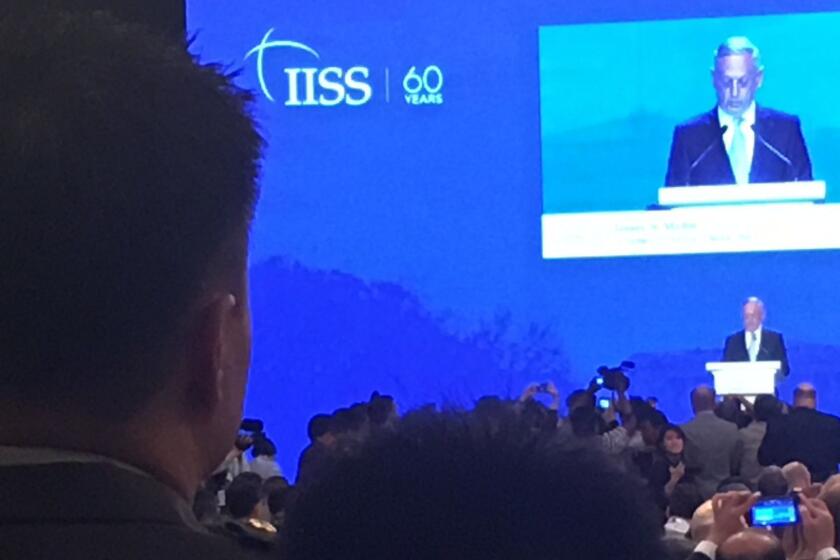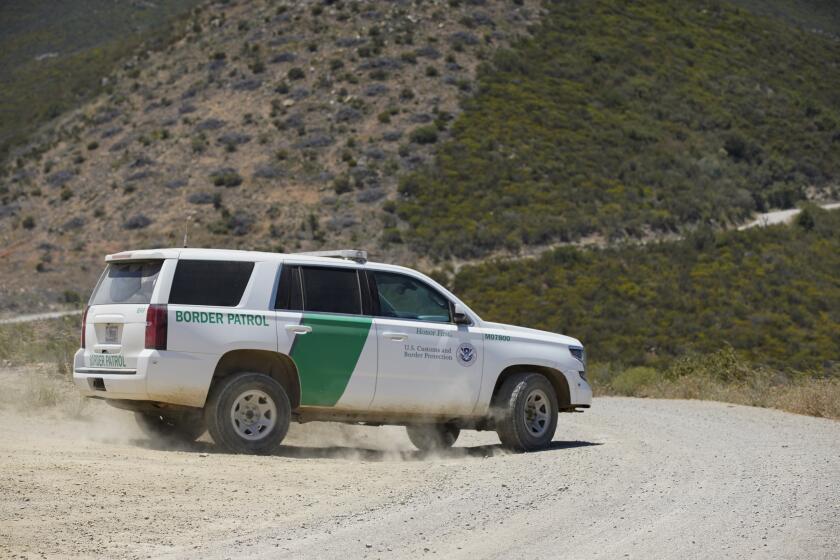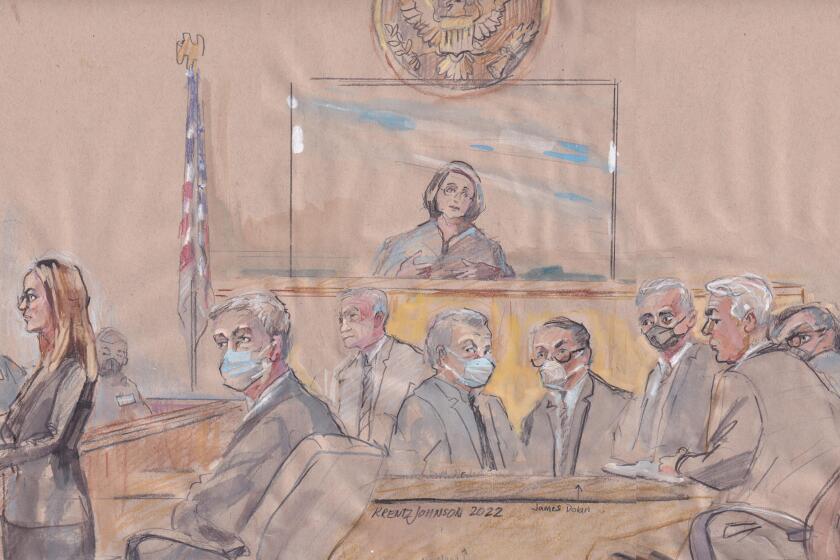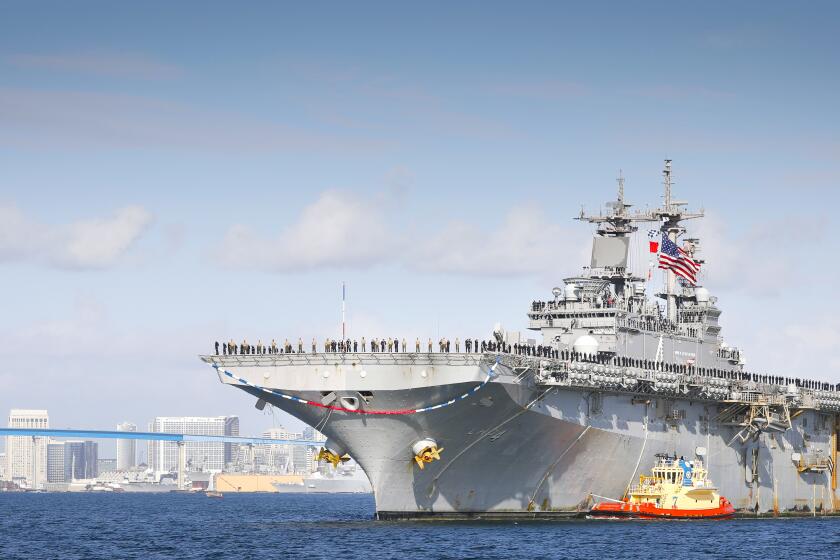U.S. warships heading toward North Korea amid secretary of state’s tough talk
The Navy Third Fleet’s supercarrier armada is making its way to North Korea, where the regime of Kim Jong-un continues to test missiles capable of carrying nuclear weapons.
This rerouting is occurring after President Donald Trump and his Chinese counterpart, Xi Jinping, met in recent days to discuss issues such as North Korea’s volatility. On Sunday, U.S. Secretary of State Rex Tillerson and National Security Adviser H.R. McMaster followed up with comments widely viewed as warnings against North Korean dictator Kim Jong-un.
Instead of traveling to its previously intended destination of Australia after departing Singapore, the San Diego-based Carl Vinson Strike Group is heading north on orders from Adm. Harry Harris, commander of the U.S. Pacific Command in Hawaii. His decision followed both a recent visit to Washington, D.C., and Thursday’s missile barrage on a Syrian airfield in a show of American force designed to prod Syria President Bashar Al-Assad to quit using chemical weapons on his citizens.
Dave Benham, spokesman for the command, called the strategy of diverting the supercarrier and its guided-missile escorts north a “prudent measure to maintain readiness and presence” in the volatile western Pacific.
“Third Fleet ships operate forward with a purpose: to safeguard U.S. interests in the western Pacific. The No. 1 threat in the region continues to be North Korea, due to its reckless, irresponsible and destabilizing program of missile tests and pursuit of a nuclear weapons capability,” Benham said.
It should take about a week to transit from the western Pacific to the Korean peninsula, he added.
In appearances on TV news shows Sunday, Tillerson said the U.S. missile attack against Syria shows that America is ready to take action against countries that fail to follow international standards.
“If you violate international agreements, if you fail to live up to commitments, if you become a threat to others, at some point a response is likely to be undertaken,” he said on ABC’s “This Week.”
Tillerson didn’t mention North Korea by name, but the context was clear enough.
He also said advances in North Korea’s ballistic missile program concerned the U.S. the most. (North Korea has been seeking to craft an intercontinental ballistic missile capable of striking the United States.) Asked on ABC if development of an intercontinental missile was a “red line” for Trump, Tillerson responded: “If we judge that they have perfected that type of delivery system, then that becomes a very serious stage of their further development.”
Meanwhile, McMaster on Sunday described the decision to dispatch the Vinson strike group toward North Korea as prudent.
“This is a rogue regime that is now a nuclear-capable regime. … So the president has asked us to be prepared to give him a full range of options to remove that threat to the American people and our allies and partners in that region,” McMaster said on “Fox News Sunday.”
North Korea called the U.S. action in Syria “absolutely unpardonable” and said the assault proves that its nuclear weapons are justified to protect the country against Washington’s “evermore reckless moves for a war.” The comments were made by a Foreign Ministry official and carried by North Korea’s state-run Korean Central News Agency on Sunday. The report didn’t name the official, which is common in KCNA reports.
UPDATE
This story was originally published on Saturday night and was updated Sunday morning.
The Nimitz-class Vinson and its carrier air wing are joined by the destroyers Wayne E. Meyer and Michael Murphy, plus the cruiser Lake Champlain. The fleet will remain under the control of Rear Adm. James Kilby — who is aboard the Vinson — and his commander, Vice Adm. Nora Tyson, who will continue to direct the force from her Point Loma Maritime Operations Center.
Deployed from San Diego to the western Pacific since Jan. 5, the strike group conducted bilateral maneuvers with the South Korean navy in March. Then after training with the Japan Maritime Self Defense Force in the Philippine Sea, the Vinson patrolled the South China Sea and then reached Singapore on April 4.
A Surface Action Group composed of the guided-missile destroyers Sterett and Dewey departed San Diego on March 31 and is nearing the coast of Hawaii, on its way to meet up with the Vinson in the western Pacific.
Before the orders from Harris to speed to North Korea, the strike group was slated to sail southeast to Australia for training with Canberra’s navy and a port call in Brisbane.
But on Wednesday morning in North Korea, the communist government fired what American analysts believe was an intermediate-range ballistic missile, the latest in a series of rocket and nuclear tests that have intensified in volume and variation since 2015.
The New York Times contributed to this report.
Military Videos


D-Day paratrooper from Coronado jumps again in France — at age 96
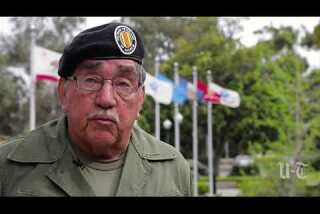
Remembering war's fallen, one name at a time
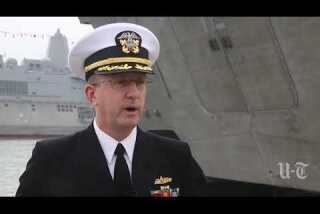
Video: Navy's newest vessel sails into San Diego and a new future in surface warfare
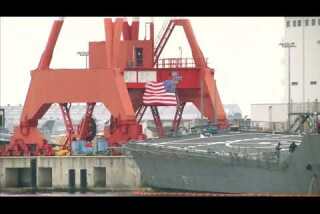
Video: U.S. Navy files homicide charges over warship collisions

Stopping Marine hazing

Video: U.S. Navy Air Crew Grounded After Creating Vulgar Sky Drawing
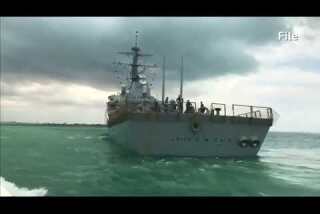
Navy says Asia Pacific ship collisions were avoidable

Hundreds of recruits get sick at Marine boot camp
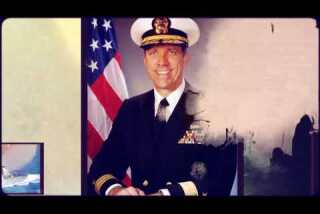
Cutler Dawson Talks Navy Federal
Get Essential San Diego, weekday mornings
Get top headlines from the Union-Tribune in your inbox weekday mornings, including top news, local, sports, business, entertainment and opinion.
You may occasionally receive promotional content from the San Diego Union-Tribune.

